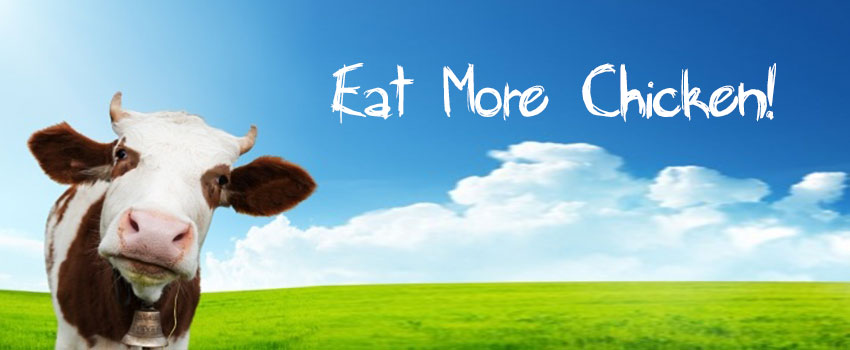Pause for a moment. Do you remember a time when you escaped the hustle and bustle of life, and reflected on the beauty of nature, with all its marvel and wonder? Or been memorized by the unique fashion of animals; such as livestock roaming around freely in lush green pastures, diligently enjoying their snack of emerald-green grass?
But then reality sets in and you realize very few animals have the opportunity to roam freely. Instead of living the plush life, most animals end up imprisoned—and it’s not pretty. For example, these animals are repeatedly exposed to deadly emissions; but that’s what we’re dealing with today, in a world that is overlooking the importance of animal biodiversity.
As we know, extinction is a part of life; with just about everything evolving and dying out, making room for something new and more sustainable. Likewise, evolution is managed by the human hand, in the world of animal biodiversity, and sadly animals are going extinct at an alarming rate. For example, human population is growing so fast animals are disappearing 1000 times faster than they have in the past 65 million years.
Part of the reason animals are vanishing is the lack of concern with biosecurity. Biosecurity is the measures a breeder takes to control disease within the herd—especially from outside interference.
In the food industry, livestock are kept in close, cramped and soiled conditions with limited access to things you and I enjoy every day; such as fresh air and clean water. With these kinds of conditions, it’s like an all-you-can-eat buffet for bacteria causing disease; which kills and contaminates the animals that often are passed down to unsuspecting meat-eating humans. We’re talking about E. coli and cancer related diseases!
Farming livestock in poor conditions is not only down right dirty, but the different gases that come from all ends of the spectrum are detrimental. Not only are they bad for our noses and health, but also to the well-being of the planet. Just ask passionate green foodies and they will tell you, the biggest reason to stop gnawing on animal flesh—especially beef—is to help reduce CO2 emissions.
 CO2 is a gas that is hacking away at our precious ozone. Global livestock alone is responsible for over 14.5% of human-causing 7.1 gigatonnes (GTs) of CO2—equivalent per emissions every year. Out of the 14.5%, cattle are the animal species responsible for the most emissions, representing 65% of the livestock sector. This includes the travel needed to transport livestock and feed, energy needed to run the processing plants, refrigeration of butchered meat, and even manure decay and livestock digestion gases.
CO2 is a gas that is hacking away at our precious ozone. Global livestock alone is responsible for over 14.5% of human-causing 7.1 gigatonnes (GTs) of CO2—equivalent per emissions every year. Out of the 14.5%, cattle are the animal species responsible for the most emissions, representing 65% of the livestock sector. This includes the travel needed to transport livestock and feed, energy needed to run the processing plants, refrigeration of butchered meat, and even manure decay and livestock digestion gases.
If CO2 wasn’t bad enough, livestock—especially cows—are responsible for the most emissions, such as N2O (nitrous oxide) and methane gases; which can be even worse than CO2. Cattle, raised for both beef and milk, as well as for inedible outputs like manure and draft power, are the animal species representing about 65% of the livestock sector’s emissions. So what are farmers feeding their cows? That, my friend, is a question leading to a whole other can of worms.
And, while harmful gases and feces are damaging the earth, these poor conditions and processing of animals at superhuman speeds to feed our growing population, is positioning animal extinction on the fast track. Add in cross-breeding and relocation to different habitats, and you have animals like the Texas Longhorn and Icelandic chicken added to the ever-growing list of animals on the verge of extinction.
So what can you do to help with preserving animal biodiversity? Firstly, be willing to do your homework and explore where your meat is coming from. Since beef seems to be the biggest offender, try eating less of it and consume more chicken, eggs, pork and fish. If you would rather consider a more vegetarian route for your protein and B6, try eating foods like tofu, beans, nuts, nut butters and seeds. Also, dark leafy-green veggies can provide iron, macro and micronutrients that beef provides. B12 supplementation may decrease when meat is cut out of your nutritional picture, so a B12 supplement may be needed.

